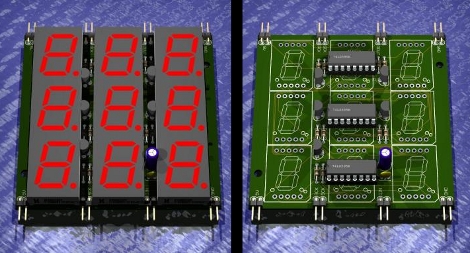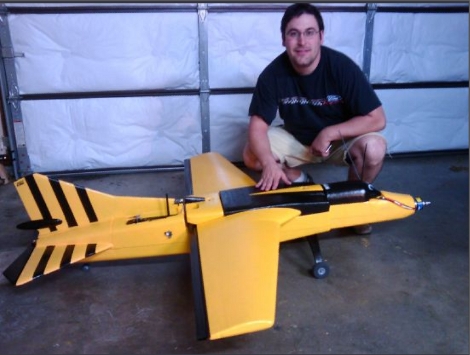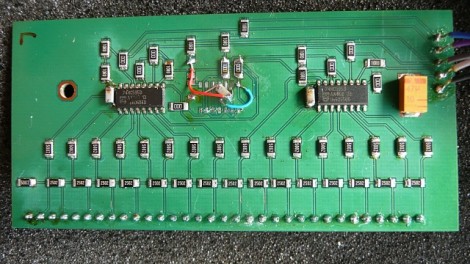[Mark Bog] thought it was a waste to use batteries for his desktop touch pad. Quite frankly we agree that if you can avoid using disposable cells you should. He ditched the dual AA batteries inside of his Magic Trackpad and built a battery-sized adapter to feed it some juice. It consists of a dowel of similar diameter with a screw in each end. He scavenged a USB cord, connecting hot and ground wires to the corresponding pole of the adapter. Now his Trackpad is USB powered and never in need of a battery replacement or even a recharge.
We’re not familiar with the inner workings of Apple’s Magic Trackpad. We assume there’s a voltage regulator inside and we hope it doesn’t have a problem working with the 5V regulated power coming in from the adapter. If you’ve got the skinny on the hardware we’d love to hear about it in the comments. One last thing: because the forum linked above requires a login to view the images in the post, we’ve embedded the rest of them after the break for your convenience.
















